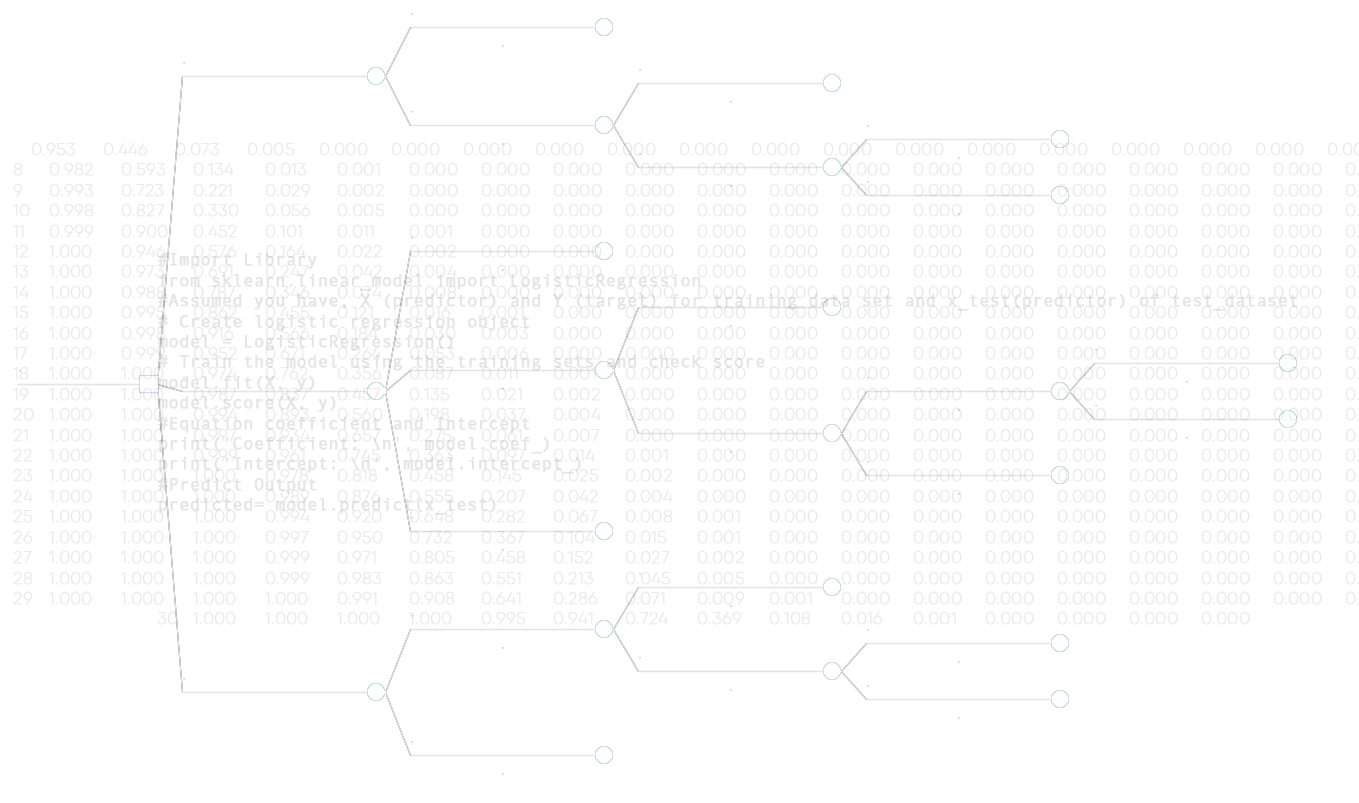
Insights
Trademark Tacking: Can I Change My Mark After Registering it?
Brands and logos evolve over time. However, trademark registrations are based on a defined mark, for defined goods and services, and protection of that mark relates back to its date of first use in commerce. If a business completely changes its brand or logo, it must register the new trademark, and the protection begins to run from the date of first use of the new mark in commerce. And if a business stops using its old mark, its rights in that mark will eventually be abandoned. But what happens if a name or logo is only slightly changed or updated? That is where the doctrine of tacking comes in.
3 Ways to Protect Your Business From Cybersquatting
No matter what sector you operate in, your business’s internet presence is likely a key component of your branding and/or marketing strategy. For that reason, it’s crucial to protect your company’s website(s) and web presence. One threat to protect against is known as cybersquatting. Here are three ways to protect your business from cybersquatting.
Beyond Brand Identification: The Certification Trademark
When we think of trademark law, we usually think of trademarks as applying only to identify brands. However, trademark law covers more than just brand identification, including certification marks that don’t have anything to do with identifying a particular brand but instead show—or “certify”—that certain standards or qualifications have been met.
3 Ways to Defend Against A Cybersquatting Lawsuit
Cybersquatting—also known as cyberpiracy—is the bad faith registration of a trademarked internet domain name with the intent to profit from the mark’s goodwill. However, not every lawsuit asserting what might appear to be a plausible cybersquatting claim has merit. If your company gets hit with an ACPA cybersquatting lawsuit, here are three defenses that may be applicable.
Trademarking Foreign Words: Non-Latin Characters
The USPTO’s list of stands characters contains every letter from the Latin Alphabet (also called the Roman alphabet) as well as Arabic numerals. These letters and numbers are used in most of the world’s languages, from every country in the Americas and Europe to most countries in Africa and even some in Asia. But what if the word you want to trademark contains characters from a foreign language that doesn’t use the Latin alphabet? For example, what if you want to trademark a word in written Chinese or Arabic?
Trademarking Foreign Words: Should I Include the Accents?
Even though we don’t often use accents—also known as diacritics—in everyday English, brand and product names are filled with words containing diacritics—from Hermès, L'Oréal Paris, and Lancôme, to Uterqüe and Castañer. To ensure the enforceability of your trademark, you will want to make sure to include things like accents and cedillas if the context calls for it in your trademark application.
Risks of Using Nonparty Subpoenas to Obtain Discovery
Case law is increasingly clear that nonparty subpoenas should not be a substitute for traditional discovery or a workaround when a party fails to get the information via more appropriate means. This blog post outlines the risks involved in relying on nonparty subpoenas to obtain discovery.
When Can You Inspect an Opposing Party’s Computers and Digital Data in Litigation?
Parties in litigation can file requests to inspect the opposing party’s computers or other electronic devices for evidence to support their claims. However, due to the intrusive nature of such requests, courts won’t just rubber stamp any request to inspect. This blog post discusses the requirements necessary to support such a request.
5 Types of Unconventional Trademarks
Trademarks are typically thought of as slogans, logos, or brand names, but trademarks can be so much more. This post discusses 5 unconventional types of trademarks.
Is Your Trademark Distinctive Enough To Be Protected Under Federal Law?
The purpose of a trademark is to distinguish goods/services and their source from other goods/services in the marketplace. To further that purpose, federal courts have created a sliding scale under which the degree of protection a mark receives depends on its level of distinctiveness. The five categories, in order from least distinctive to most distinctive, are: (1) generic marks, (2) descriptive marks, (3) suggestive marks, (4) arbitrary marks, and (5) fanciful marks. Below is a brief description of each category and the level of protection a trademark that falls in that category receives under federal law.
Trademarks 101 - What You Need to Know to Protect Your Business Trademarks
Your business name and brand are some of its most important and valuable assets. Here are the basics of what you need to know to protect your business trademarks.











